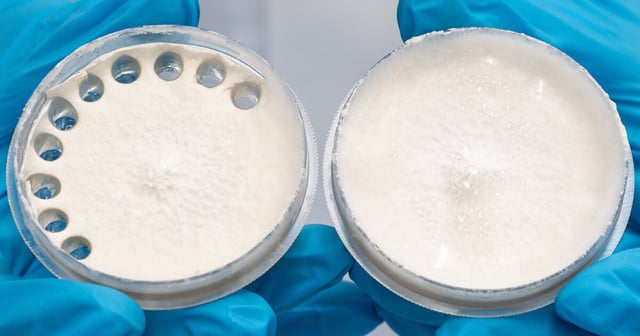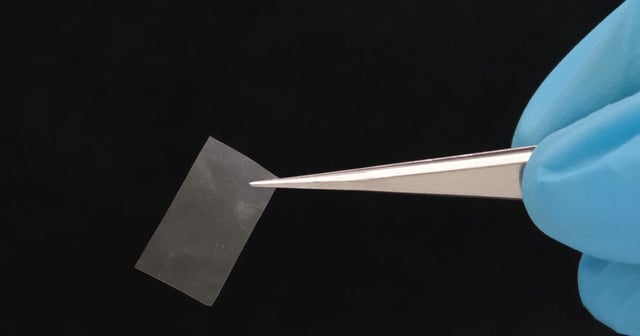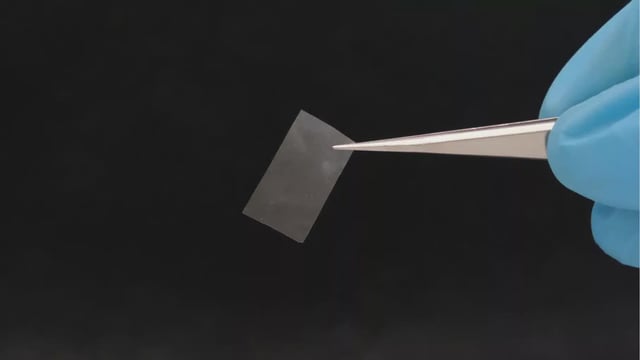Overview
- EMPA researchers engineered a living biomaterial by preserving the fungal network and extracellular matrix of split-gill mushroom mycelium.
- The material demonstrates properties such as transparency, tensile strength, and moisture responsiveness, enabling uses in bioplastics and humidity sensors.
- Hydrophobin proteins in the mycelium stabilize edible emulsions, suggesting applications in food preservation and cosmetics.
- Researchers are exploring the material's potential for self-composting bags that actively decompose organic waste from the inside out.
- Efforts are underway to integrate the living material with fungal biobatteries, paving the way for biodegradable electronics like paper batteries.



